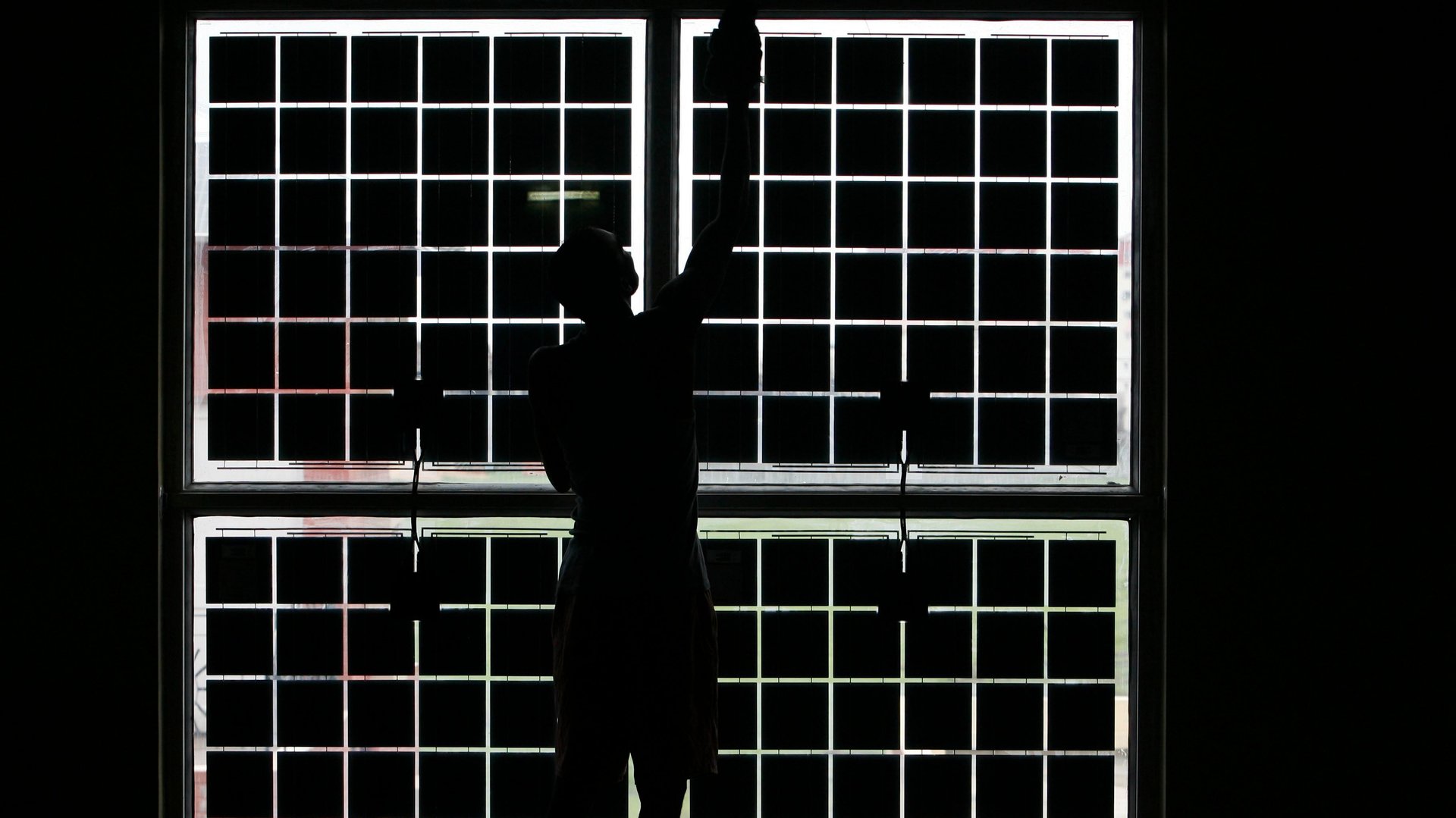Why India’s once-sizzling solar sector has cooled down
Poor policies are hurting India’s solar energy sector.


Poor policies are hurting India’s solar energy sector.
In 2018 so far, there has been a dramatic decline in new capacity additions, and the trend is likely to continue.
In the third quarter of 2018, the country added 1,697 megawatts (MW) of solar power capacity, according to Bridge to India, a renewable energy consultancy firm. This is marginally better than the previous quarter, when the numbers fell to their lowest level since early 2017, but is still far below the 4,130 MW added in the first quarter of this year.
While rooftop installations increased by more than 150% year-on-year, large-scale utility projects are dragging down the overall growth.
“Total installation (of utility projects) in financial year 2018-19 is expected at only 4.1 gigawatts (GW), down a very significant 55% over previous year and well short of MNRE’s (ministry of new and renewable energy) 16 GW annual plan,” Bridge to India said.
It also estimates growth to remain tepid till March next year because of “increasing volatility in tender issuance, auctions, and capacity addition.”
Double jeopardy
Uncertainty over import duty on solar panels has been one of the primary reasons for the growth slowdown.
Most of the solar panels used in India are imported from China and Malaysia. In July, India imposed a safeguard duty on solar panel imports from the two countries—25% for one year, 20% for the next six months, and 15% for the subsequent six months.
While Acme Solar, a Gurugram-based solar company, moved court and got a temporary stay on the levy, India’s supreme court reinstated the duty in September.
“There was lack of clarity on safeguard duty—whether it will be imposed, and at what rate. So bidders were less interested because they wanted clarity,” said Amit Kumar, a partner at consultancy firm PwC.
Besides, in September, the Indian government also moved to impose a cap of Rs2.5 ($0.034) per unit as the maximum price that developers could quote at reverse auctions for solar projects.
This cap, along with the safeguard duty, acts as a “de-facto policy” that deters bidders, said Manu Aggarwal, a programme associate at Council for Energy, Environment and Water, a New Delhi-based think-tank.
At the 2015 Paris climate summit, India’s prime minister Narendra Modi had announced a target of generating 175 GW of power from renewable sources by 2022. Out of this, 100 GW is slated to come from solar energy, a goal that looks unrealistic now.
“Our revised best-case estimate for solar capacity by March 2022 is 67 GW, well short of the 100 GW target unless decisive remedial steps are taken immediately,” Bridge to India said.